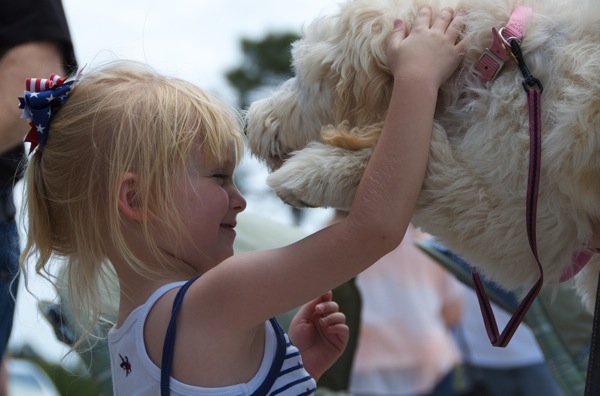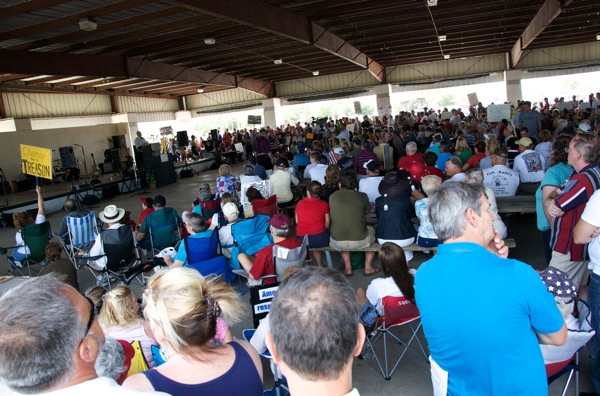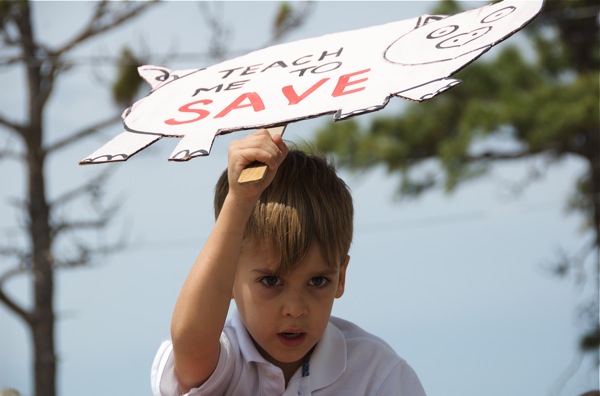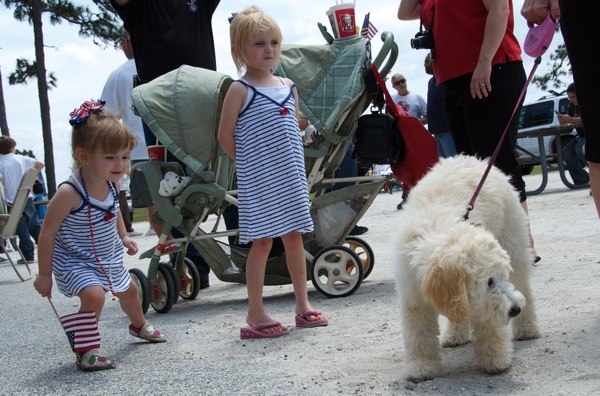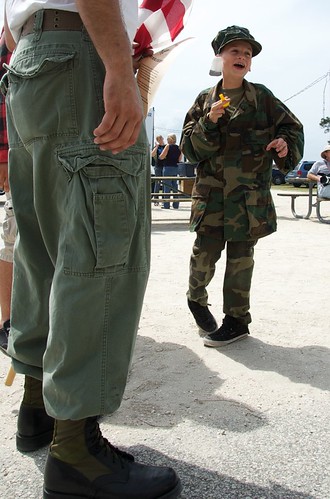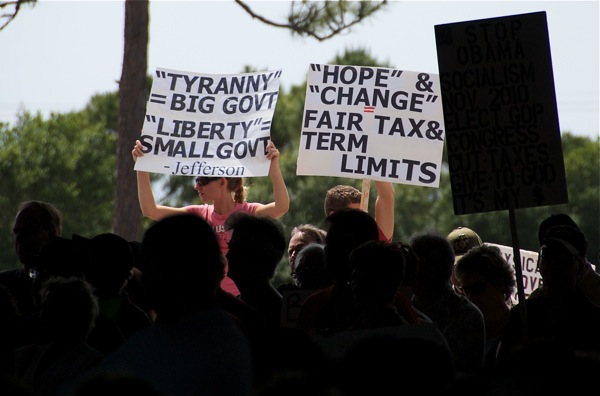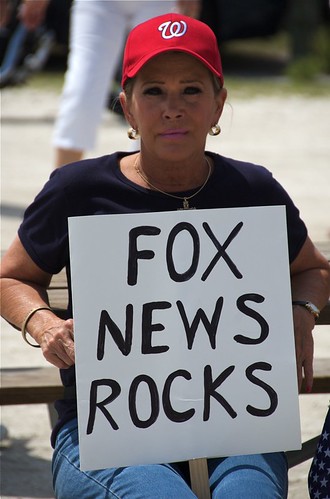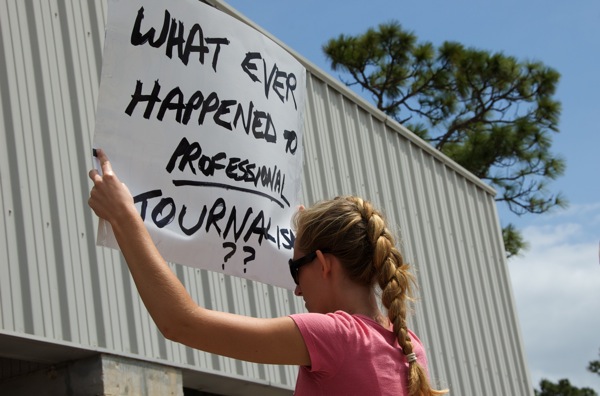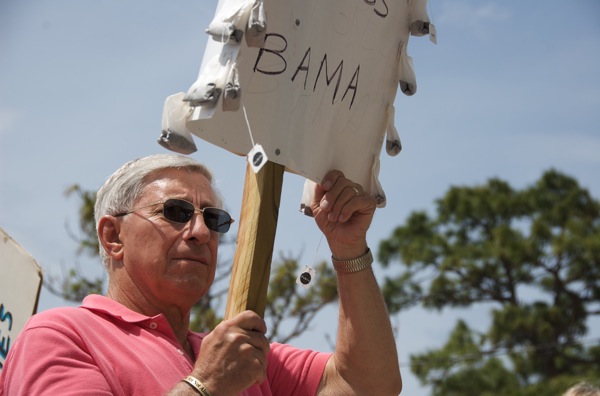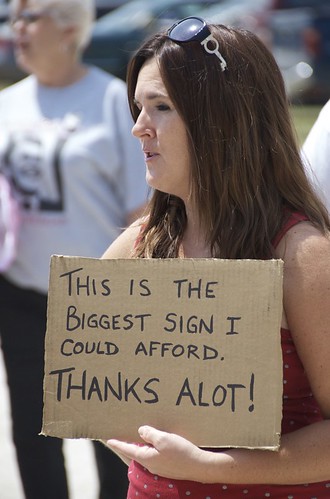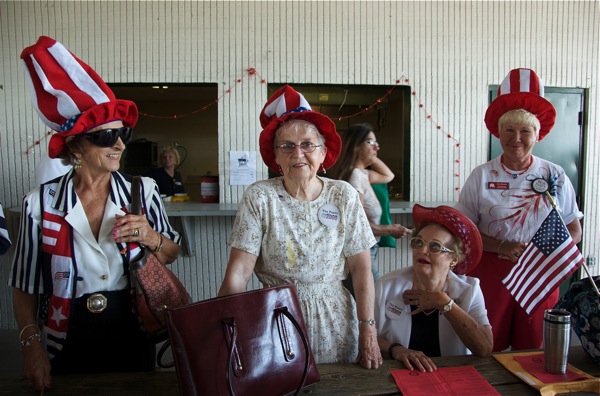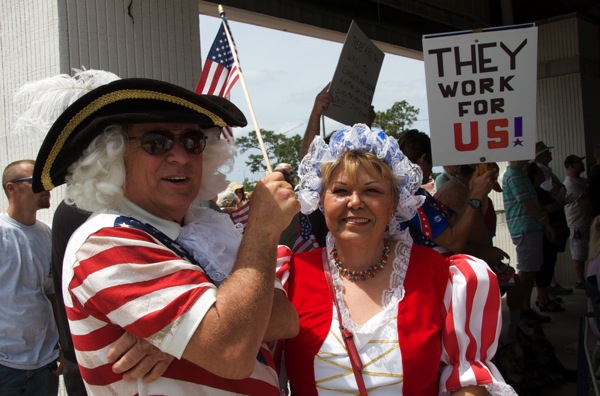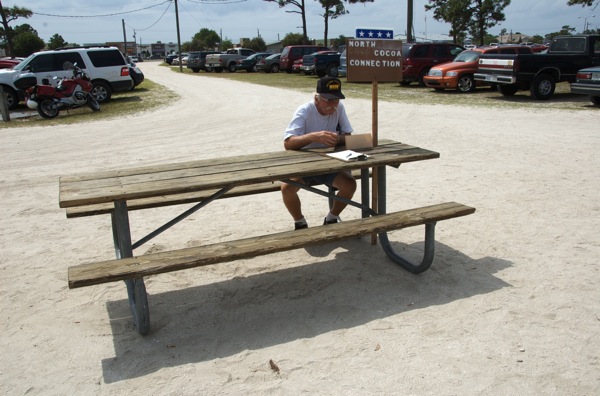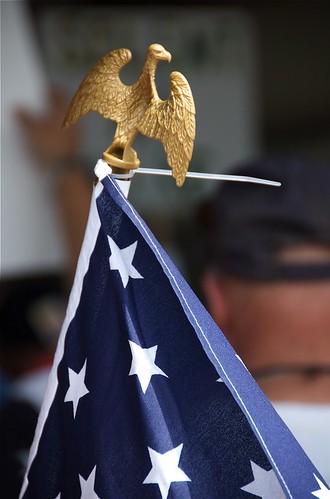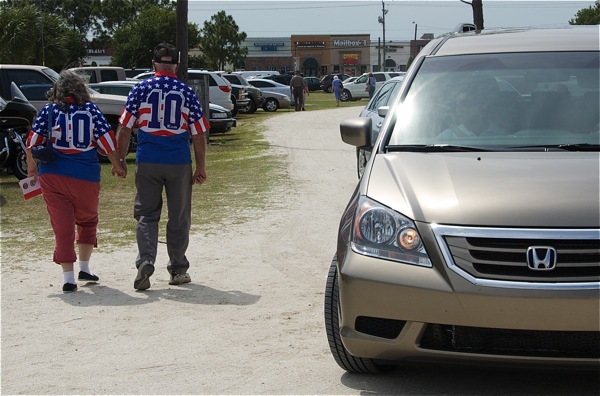Moon, say hello to Venus.
The celestial couple in conjunction. Traffic across the causeway picks up as night turns into day.
At dawn, they appear closer.
The sun is about to join them. The storm clouds in the lower left provided lightning while the moon was rising.
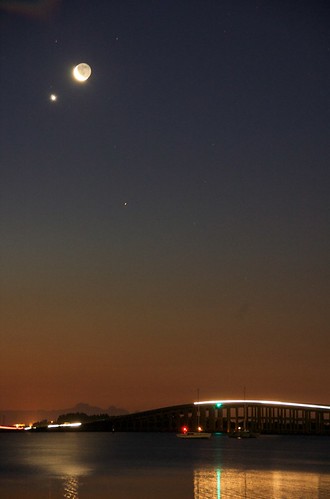
I'm not an astronomer. I have little knowledge of the subject of astronomy.
But I've been fascinated by the night sky since I was a child, and the interest has continued into adulthood.
After I heard that the Lyrids meteor shower was to peak before dawn Wednesday in the eastern sky, I looked into whether any other astronomical events were happening.
Luck would have it that there were.
A not so rare yet mystical sight was the near occultation of Venus and the moon, also in the east. That's when the moon passes in front of the planet, eclipsing its light.
The West Coast witnessed the full occultation Wednesday morning. We East Coast people just saw the two heavenly bodies get pretty snug. Venus trailed the moon as it rose. (I guess it's more accurately described as a conjunction.)
But that's OK. Seeing the two brightest natural objects in the night sky hanging up there next to each other was a sight to behold.
Additionally, the International Space Station - even brighter than Venus - was to pass through the northern sky. It happens several times every few weeks in Central Florida. It wasn't anything special, but with all of the events combined, I thought I'd find something to photograph.
But as I've mentioned before, photographing stars - especially shooting stars - is difficult to do in this neck of the woods.
In Maine, where I was raised, the clear night sky is pitch black. Here, lights from the cities create too much noise to allow for a good exposure.
I pulled my car into a park along the Indian River near the Pineda Causeway in Palm Shores, a small town just north of Melbourne. A sign said the place was open only during daylight hours. I decided to take my chances with the police.
But the cops were no bother. Instead, the streetlights and a raccoon that inched alarmingly close were my greatest worries.
But the raccoon continued on its way, and a transformer nearby blew, showering sparks onto the roadside below. That effectively put me in the dark, as the streetlights went out after the explosion.
Then, scenarios raced through my head. And I was back to worrying about the cops.
What if the sheriff's deputies came and thought I was a photographer who hated streetlights and shot a transformer (with a handgun) to put them out?
It was plausible that I would get blamed because I was the only one around. It didn't matter if the cause of the explosion was just an overload. I would be arrested and become the scapegoat.
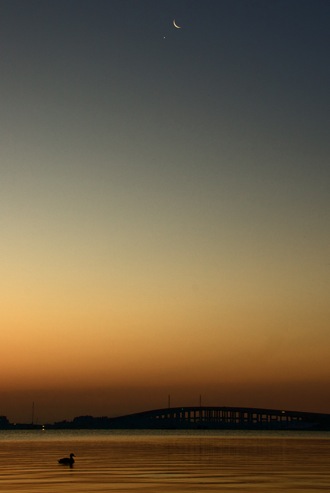
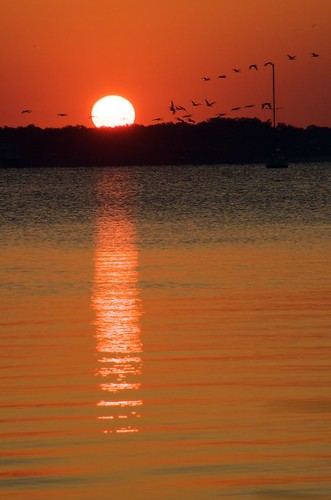
No, that wouldn't happen. I was overreacting, I thought.
Then, I heard sirens.
I jumped into my car and raced toward home.
After getting a mile, I realized the improbability of my arrest. I also realized that I was just hearing things. I turned back.
I tried to no avail to photograph a shooting star. I saw several, but none were ever within the view of my camera.
Better luck next time.
I didn't even bother looking for the space station as it made a one-minute, streaking visit across the Florida sky around 5:30 a.m.
Instead, I focused on Venus and our natural satellite, the moon.
As the moon rose, a small thunderstorm formed over the distant Atlantic Ocean. Bolts of lightning looked as though they were shooting from the crescent. Unfortunately, they were so faint that it was impossible to get a photograph.
I stared at the sky for hours.
I took photos.
I got spooked a few times by birds that squawked or landed in the river.
By dawn, it was obvious that I had to stay for my first full Florida sunrise. As a night worker, I usually sleep through it.
I was tired, but even though I didn't get photos of most of the things that happened Wednesday morning, I was happy.
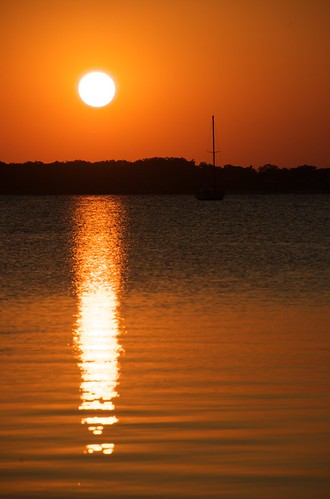
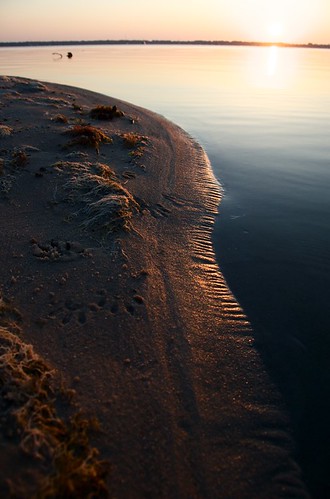
What was unseen becomes seen.
What was dark becomes bright.
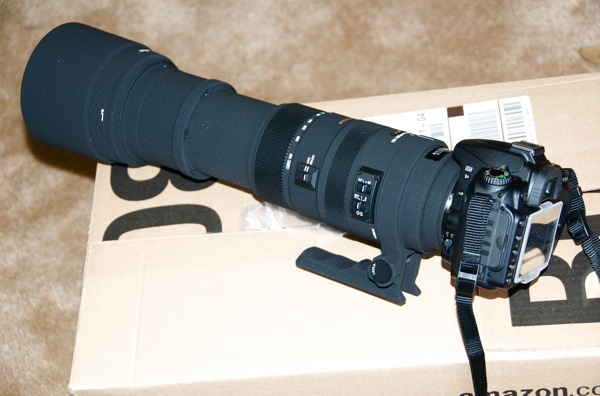

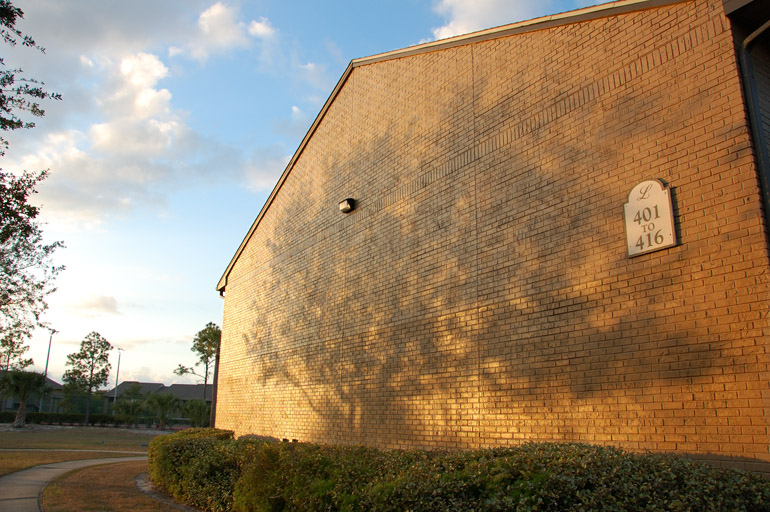
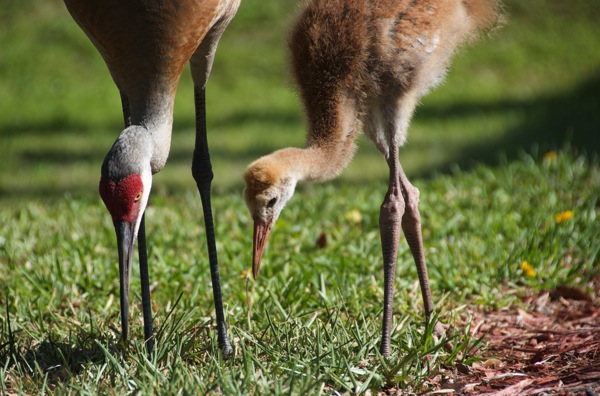

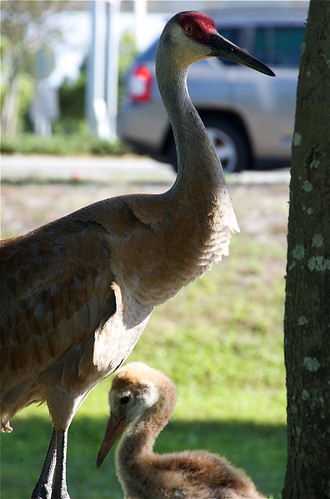
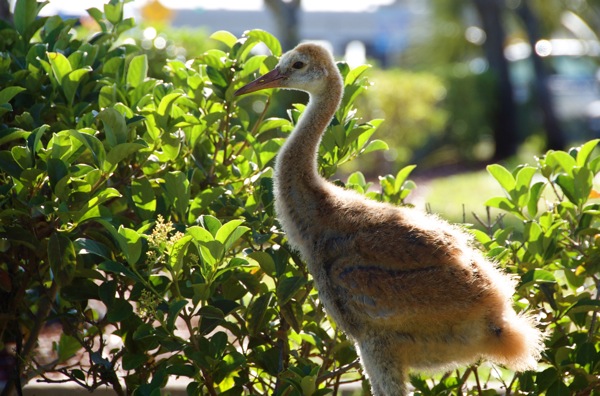
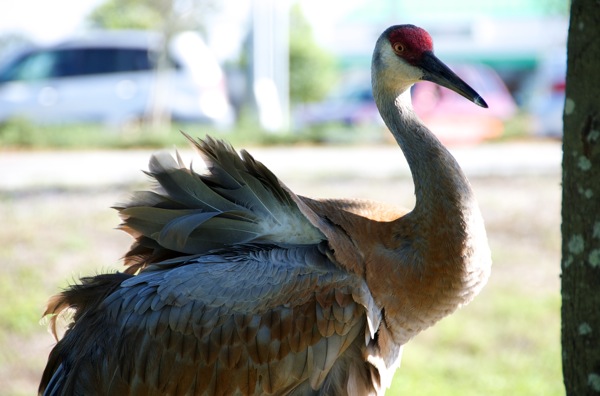

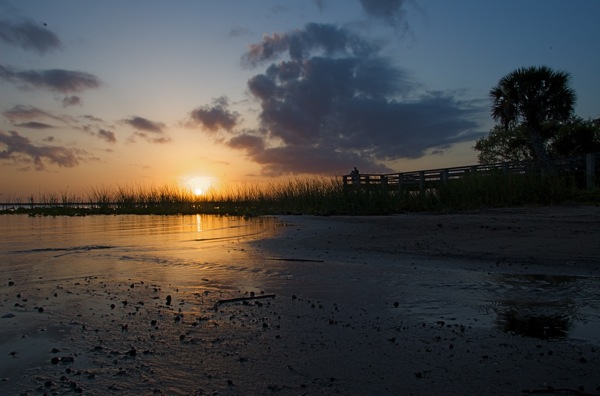
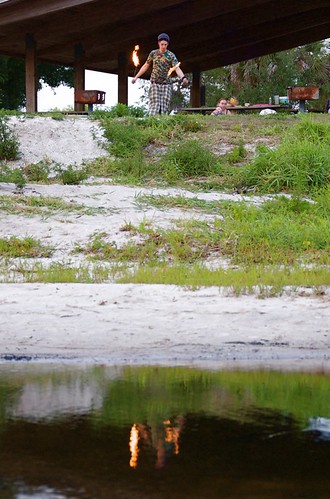
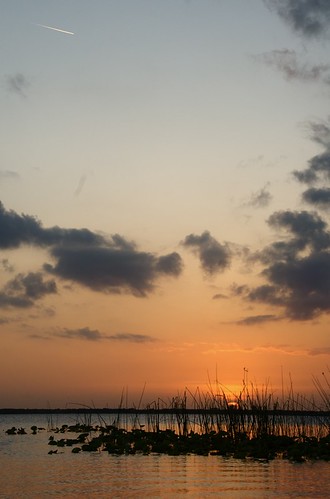
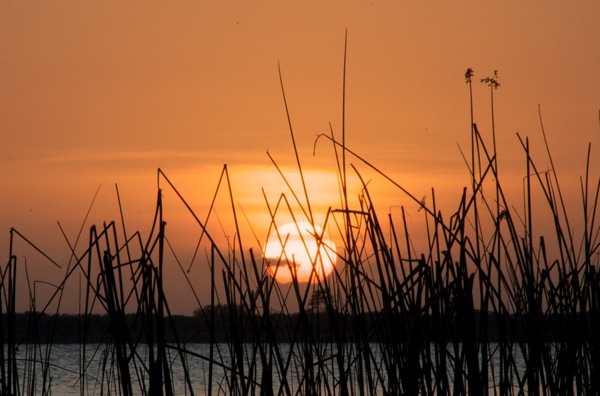
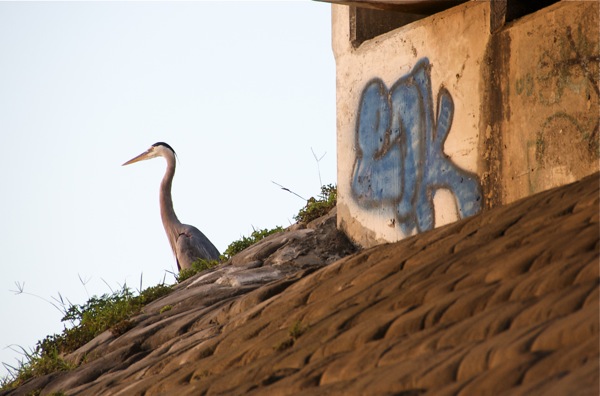
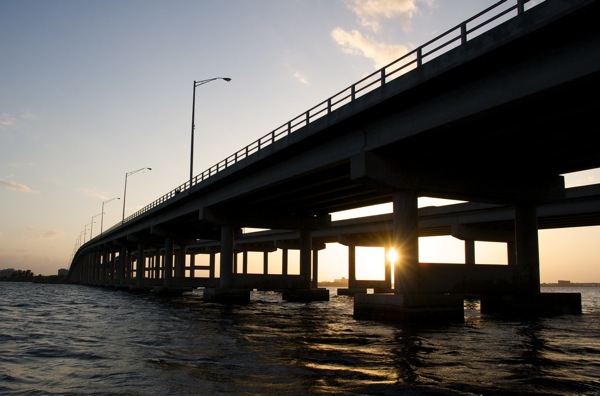

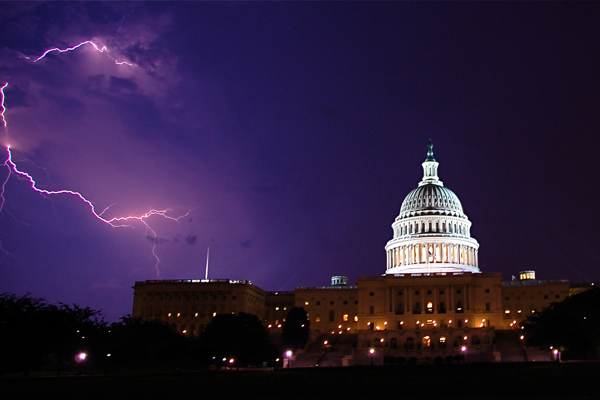

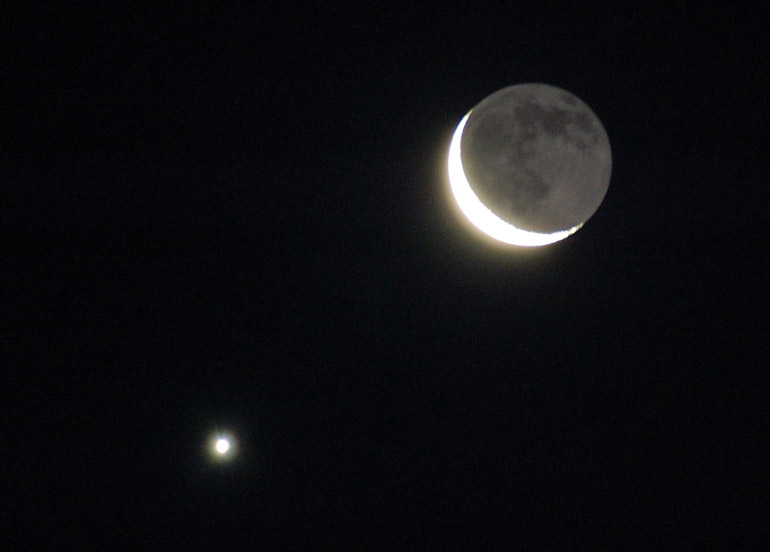
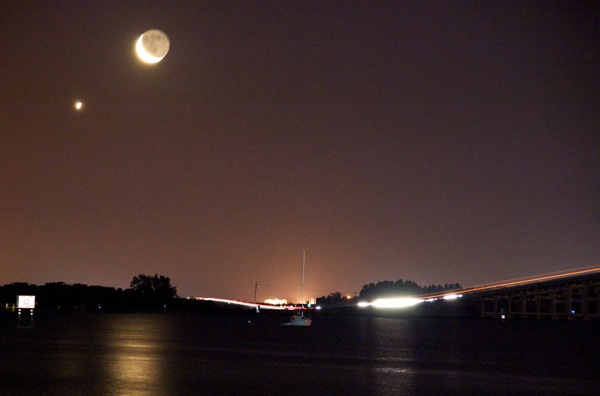
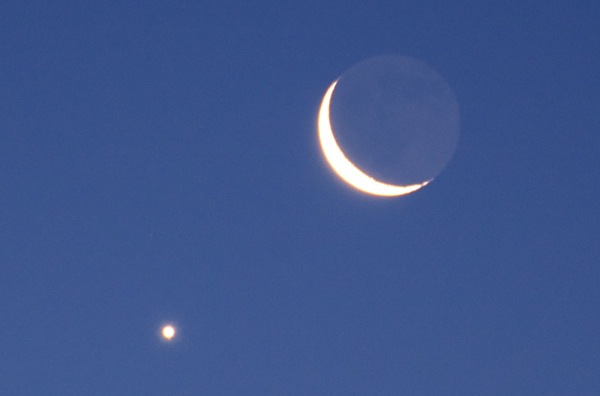

 I'm not an astronomer. I have little knowledge of the subject of astronomy.
I'm not an astronomer. I have little knowledge of the subject of astronomy.



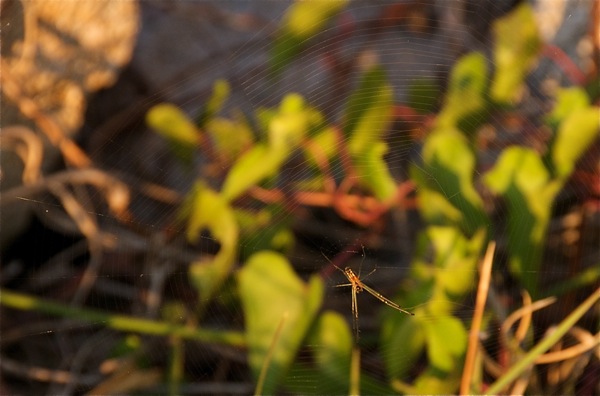
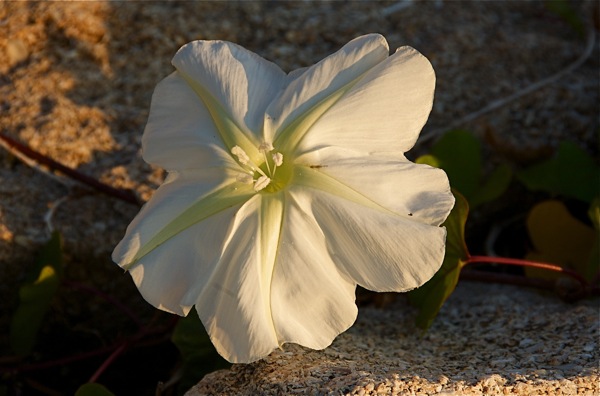

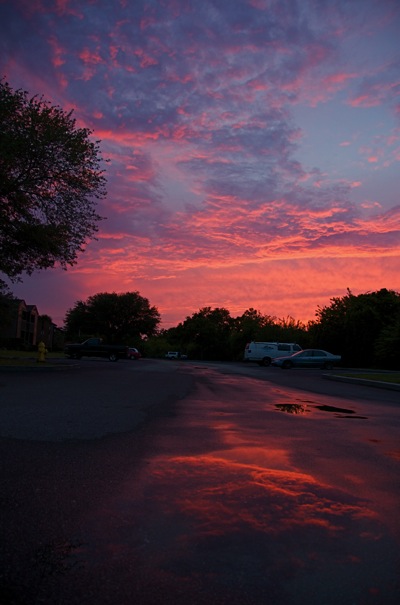 The movie I saw was "State of Play," a political scandal-murder mystery about newspaper journalism in Washington, D.C. Many of the scenes in the movie brought back memories, such as the one at Ben's Chili Bowl in Adams Morgan.
The movie I saw was "State of Play," a political scandal-murder mystery about newspaper journalism in Washington, D.C. Many of the scenes in the movie brought back memories, such as the one at Ben's Chili Bowl in Adams Morgan.